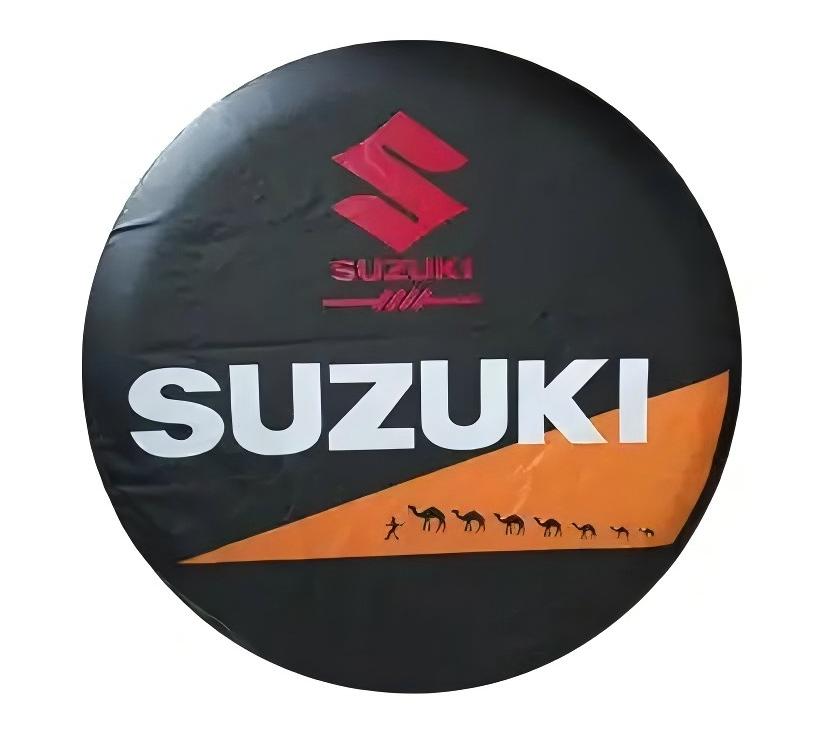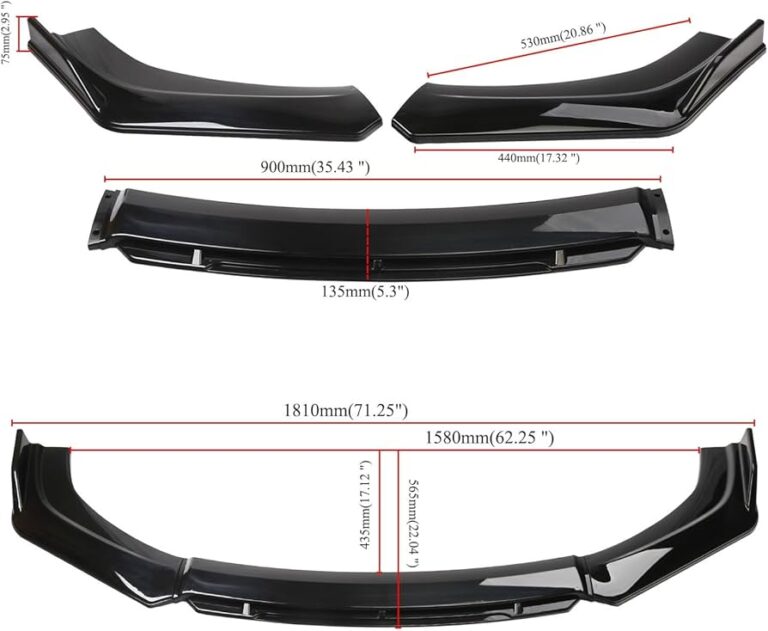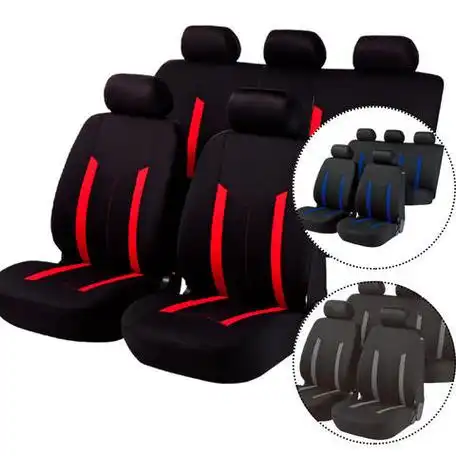-
Xingming Road, Yanyuan, Xingtan, Shunde, Foshan, Guangdong

How Oxford Fabric is Made: Weaving, Dyeing, Printing
Abstract:
Oxford cloth, with its iconic granular texture, solid and durable characteristics, and fashionable and casual temperament, has long surpassed the scope of traditional fabrics and has become the darling of luggage, clothing, home furnishing and other fields. Its unique charm is not accidental, but deeply rooted in the precise weaving process, strict dyeing technology and constantly innovative printing applications. This article will deeply analyze the technological code of Oxford cloth from yarn interweaving to color blooming, and reveal its core technological secrets that conquer the market.
1.Material cornerstone: the intelligent marriage of synthesis and nature
The success of modern Oxford cloth begins with the science of material selection. It breaks through the limitations of traditional yarn-dyed Oxford cloth and uses synthetic fiber (such as polyester, nylon) blended yarn and pure cotton yarn interwoven. Polyester provides excellent strength, wrinkle resistance and easy-to-wash and quick-drying properties; pure cotton contributes skin-friendly moisture absorption and breathability and comfortable touch. This complementary combination forms a unique “dyed effect” appearance in subsequent dyeing, laying the foundation for Oxford cloth to have both function and aesthetics. The application of materials science is the key driving force for improving the performance of textiles (Textile World).
2.The core of weaving: the precise dance of treadle opening
The soul of Oxford cloth lies in its special organizational structure, and the key to achieving this structure lies in the selection and application of weaving equipment – treadle opening mechanism. This is by no means a simple plain weave:
- Weft weight flat (double warp and single weft): In order to form clear longitudinal ribs, it is necessary to select a plain single treadle or double treadle mechanism according to the warp density. The key lies in the “trouble threading” method – each heald is strictly inserted into one warp yarn to avoid “twisting” caused by double yarn insertion, ensuring clear texture and smooth cloth surface.
- Square flat (double warp and double weft): To form a regular small particle appearance, a 2/2 twill treadle mechanism is often used. The warp yarns must be accurately distributed in specific rows of healds on different heald frames (such as the ground warp and the left warp are inserted in 1, 2, 5, 6 rows, and the right warp is inserted in 3, 4, 7, 8 rows). If a plain weave is used, a special selvedge device must be installed to ensure that the double weft yarns can enter the same weave mouth neatly and maintain structural stability. Precision control of weaving machinery is the prerequisite for achieving complex weave structures (ScienceDirect – Weaving Technology).
3.Structural Magic: Texture Codes of Double and Square Weaves
The iconic appearance of Oxford cloth is directly derived from its weave structure:
- Weft Double Weave: Double warp yarns are interwoven with single weft yarns to form longitudinal convex stripes, giving the fabric a crisp bone feeling and a clear sense of texture direction. It is often used in products that require a certain amount of support (such as the main body of a briefcase).
- Square Weave: Double warp yarns are interwoven with double weft yarns to form evenly distributed square or granular raised small units on the fabric surface. This structure is not only visually unique, but also increases the thickness, wear resistance and plump and fluffy feel of the fabric. It is the first choice for classic Oxford shirts and casual backpacks. Different weave structures determine the final performance and application scenarios of Oxford cloth (Textile School – Fabric Structure).
4.Precise control of dyeing: the clean revolution of disperse dyes
Dyeing is the key link to give life to the color of natural interwoven Oxford cloth and present the unique effect of “dyed Oxford cloth” (white or light color of cotton component, forming color spots), and its core lies in dye selection and process control:
- Dye selection: High-quality disperse dyes that “do not stain or rarely stain” cotton fibers must be selected. This type of dye is specifically designed for dyeing synthetic fibers such as polyester and has very low affinity for cotton.
- Key to post-processing: “Full reduction cleaning” must be performed after dyeing. This step is crucial, as it can completely remove trace amounts of disperse dyes that may be stained on cotton fibers and floating colors during the dyeing process. Only after full reduction cleaning can the cotton component be ensured to remain white or the set light color, so that the “color spot” effect of polyester dyeing can be clearly and vividly presented on the cloth surface, achieving the expected imitation yarn-dyed appearance. The development and application of disperse dyes have greatly promoted the development of dyeing technology for blended fabrics (Dyes and Pigments Journal).
5.Functional sublimation: the quality leap of washable and wearable finishing
In order to meet the fast-paced needs of modern life and enhance the use value of Oxford cloth, “washable and wearable finishing” (or durable pressing finishing) has become a key finishing link:
- Resin finishing: Cotton fibers are usually treated with special resins (such as modified dimethylol dihydroxyethylene urea resin).
- Action mechanism: The resin cross-links inside the fiber, significantly improving the resilience of the cotton fiber and effectively reducing the wrinkling phenomenon after washing. Combined with the wrinkle resistance of polyester itself, the finished Oxford cloth has excellent “washable and wearable” performance-it can restore the flat appearance without ironing or a little finishing after washing, which greatly improves the practicality and user experience of the product. Functional finishing gives textiles high added value (AATCC – Technical Resources).
6.Printing Evolution: Fashion Expression of Digital and Coating
The charm of modern Oxford cloth lies not only in its structural color, but also in the infinite creativity given by surface printing:
- The rise of digital printing: The maturity of high-precision digital inkjet printing technology has broken through the limitations of traditional screen printing on color registration and fineness, and can directly realize complex patterns, gradient colors and personalized customization on Oxford cloth, which is especially suitable for small batches and multiple varieties of fashion bags and outdoor equipment.
- Coating synergistic printing: Applying functional coatings (such as PU, PVC) before or after printing can not only enhance the waterproof and wear resistance of Oxford cloth, but also provide a smooth and stable attachment substrate for the printed pattern, and improve the color vividness and durability. The combination of coating and printing has expanded the possibility of Oxford cloth in high-performance outdoor and special application scenarios (such as waterproof map bags, medical packaging). Coating technology significantly improves the performance of industrial textiles (Journal of Coatings Technology).
Summary:
The extraordinary journey of Oxford cloth begins with the precise ratio of synthetic and natural fibers, is completed by the precise interweaving of warp and weft yarns under the loom treadle (weft weight flat and square flat structure), sublimates in the rigorous pursuit of “dyed effect” through disperse dyeing and reduction cleaning, and finally achieves a double leap in function and aesthetics through washable finishing and innovative printing (digital, coating). Every step of the process embodies the wisdom of materials science and textile engineering. From the delicate grain of classic shirts to the toughness and crispness of travel bags, from the personality of digital printing to the technological protection given by coating, Oxford cloth continues to break through boundaries. Deciphering the technological code behind it is not only a tribute to an excellent fabric, but also an insight into how the modern textile industry weaves yarn, color and innovative technology into a picture of quality life that is within reach.








